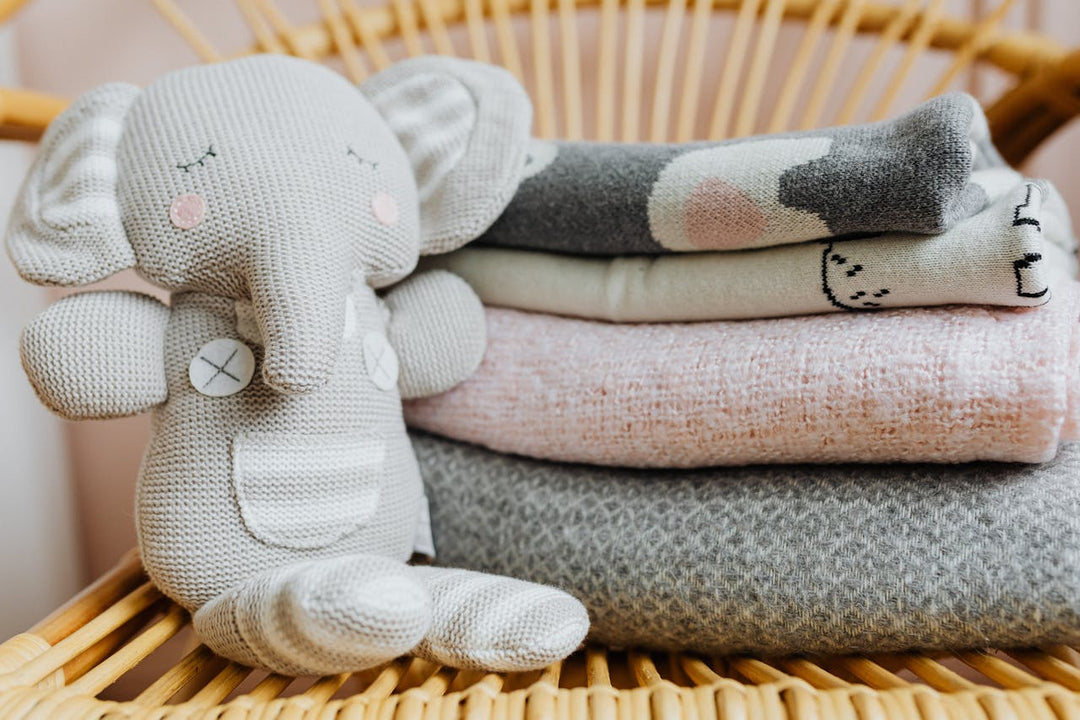As parents, we experience an incredible bond with our little ones, making it challenging to see them distressed when we're apart. Separation anxiety is a normal part of a child's development, typically beginning around 8-12 months and peaking around 18 months to 2 years.
Although it can be a testing time, understanding separation anxiety and employing strategies to ease the process can help both you and your child. In this blog post, we'll explore how to deal with separation anxiety in babies and toddlers.
Acknowledge and Validate Your Child's Feelings
Understanding that separation anxiety is a normal part of a child's development is crucial. Your child's clinginess or tears when you leave are their way of expressing their love for you and their fear of being separated. Acknowledge their emotions, providing reassurance and understanding that you will return. Use gentle words, a comforting tone, and plenty of hugs and kisses.
Create a Smooth Transition
Establishing a consistent routine helps children feel secure and provides them with a sense of predictability. Prepare your child for separations by explaining what will happen and when you'll be back. Develop a goodbye ritual that includes a special phrase, a kiss, or a small object to remind them of your presence. Gradually increase the time spent apart, starting with short separations and gradually lengthening them over time.
Familiarize Them with Their Caregivers
If your child is spending time with a caregiver, it's essential to build familiarity and trust between them. Arrange for your child to spend some time with the caregiver while you are present, gradually transitioning to alone time. Encourage positive interactions and allow the caregiver to bond with your child. By developing a relationship, your child will feel more comfortable and secure in your absence.
Maintain a Positive Goodbye
When it's time to leave, make sure to keep your goodbyes positive and brief. Lingering departures can escalate anxiety and make the separation harder for both of you. Avoid sneaking away or prolonging the goodbye process. Instead, say your goodbyes confidently and reassure your child that you will return. A calm and cheerful departure will help set a positive tone for the separation.
Encourage Independence and Self-Soothing
Support your child's growing independence by providing opportunities for self-soothing. Encourage them to explore their environment, engage in independent play, and develop coping skills. Offer toys, books, or comfort objects that provide a sense of familiarity and security. This gradual exposure to independence can help build their confidence and reduce separation anxiety over time.
Stay Connected
Maintain a strong connection with your child even when you are apart. Arrange regular video calls or phone conversations if possible. Seeing and hearing your voice will reassure them that you're still there. Share stories about your day, ask about theirs, and express your love and support. Remember, even when you're not physically present, your emotional connection remains strong.
Conclusion
Separation anxiety is a natural part of your child's emotional development, and while it may be challenging at times, it is a temporary phase. By understanding your child's feelings, maintaining a consistent routine, building trust with caregivers, and encouraging independence, you can help your little one navigate separation anxiety more smoothly.
Remember, every child is unique, and the strategies that work may vary, so be patient and adapt to what suits your child best. With time, patience, and love, both you and your child will overcome separation anxiety and continue to thrive in your relationship.





